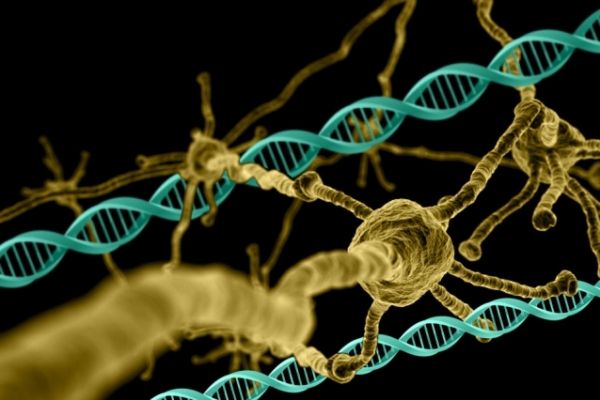Using a type of genetic screen that had previously been impossible in the mammalian brain, MIT neuroscientists have identified hundreds of genes that are necessary for neuron survival. They also used the same approach to identify genes that protect against the toxic effects of a mutant protein that causes Huntington’s disease.
These efforts yielded at least one promising drug target for Huntington’s: a family of genes that may normally help cells to break down the mutated huntingtin protein before it can aggregate and form the clumps seen in the brains of Huntington’s patients.
“These genes had never been linked to Huntington’s disease processes before. When we saw them, that was very exciting because we found not only one gene, but actually several of the same family, and also we saw them have an effect across two models of Huntington’s disease,” says Myriam Heiman, an associate professor of neuroscience in the Department of Brain and Cognitive Sciences and the senior author of the study.
Read more at Massachusetts Institute of Technology
Image: A genome-wide analysis has revealed genes that are essential for neuron survival, as well as genes that protect against the effects of Huntington’s disease. Image courtesy of NIH, edited by MIT News


